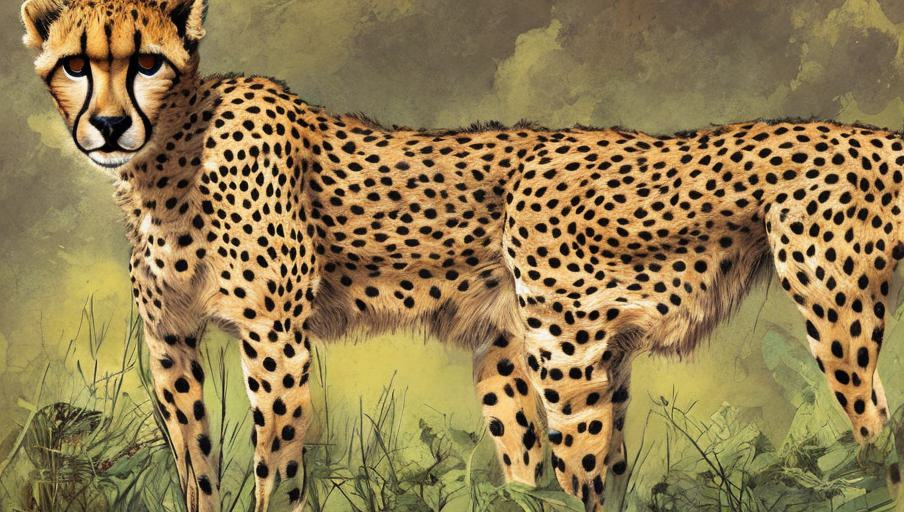Natural Strength: The Remarkable Physiology of the Cheetah

Introduction
The cheetah is an impressive animal, capable of reaching speeds of up to 75 mph. This incredible speed is made possible by their unique physiology, which is specially adapted for sprinting. This article will take a look at the anatomy and physiology of the cheetah, exploring how their body is able to reach such impressive speeds.
Musculoskeletal System
The cheetah’s musculoskeletal system is designed for speed. The cheetah’s legs are longer than those of most other cats, allowing them to take longer strides and reach higher speeds. Furthermore, their muscles are also specially adapted for sprinting, producing a high amount of power in short bursts. The cheetah also has a large heart, allowing them to pump more oxygen-rich blood to their muscles during sprints.
Respiratory System
The cheetah’s respiratory system is also specially adapted to enable them to reach high speeds. Cheetahs have a larger lung capacity than other cats, allowing them to take in more oxygen when sprinting. Additionally, their lungs contain more alveoli, which help to increase the amount of oxygen that can be absorbed.
Digestive System
The cheetah’s digestive system is also specially adapted for sprinting. The cheetah’s colon is three times longer than that of other cats, allowing them to absorb more nutrients from their food. Furthermore, the cheetah’s small intestine is also longer than that of other cats, allowing them to absorb more nutrients from their food. This helps to provide the cheetah with the energy needed to reach high speeds.
Conclusion
The cheetah is an amazing animal, capable of reaching incredible speeds. This is made possible by their specially adapted body and physiology, which is designed specifically for sprinting. By understanding the anatomy and physiology of the cheetah, we can gain a better appreciation for the remarkable animal and its impressive abilities.





